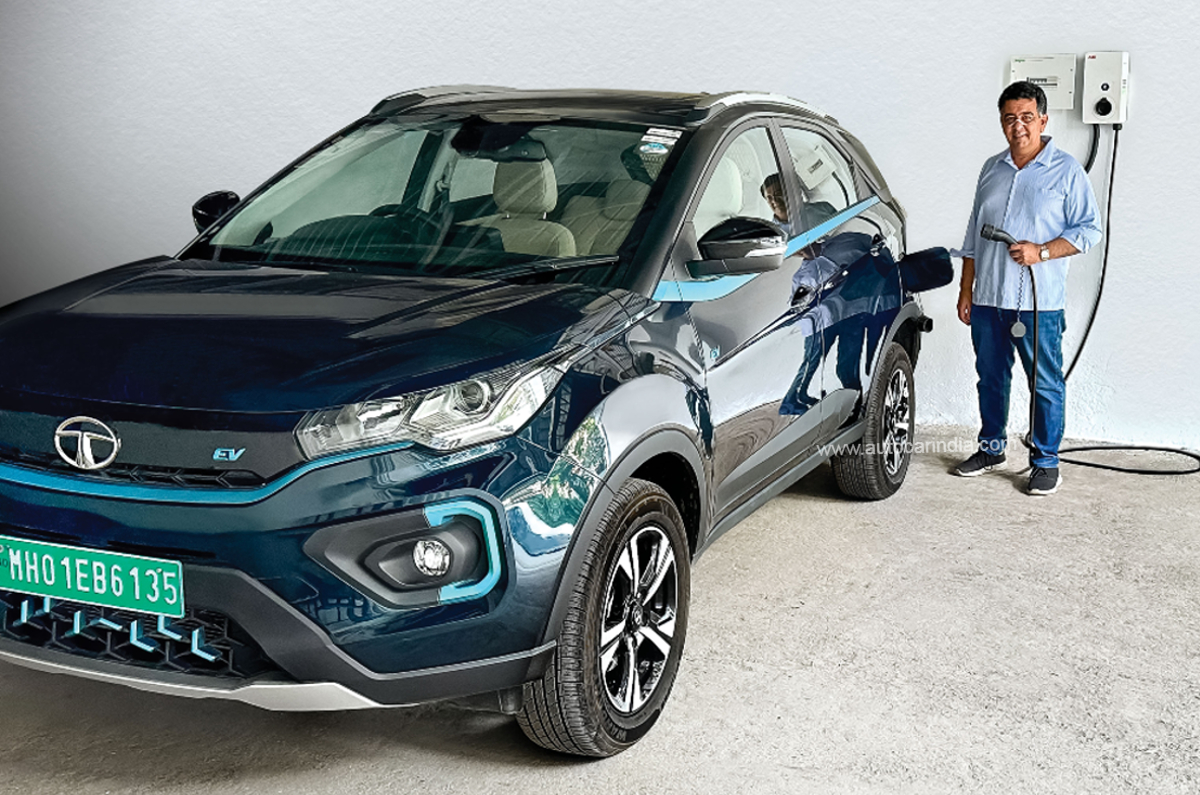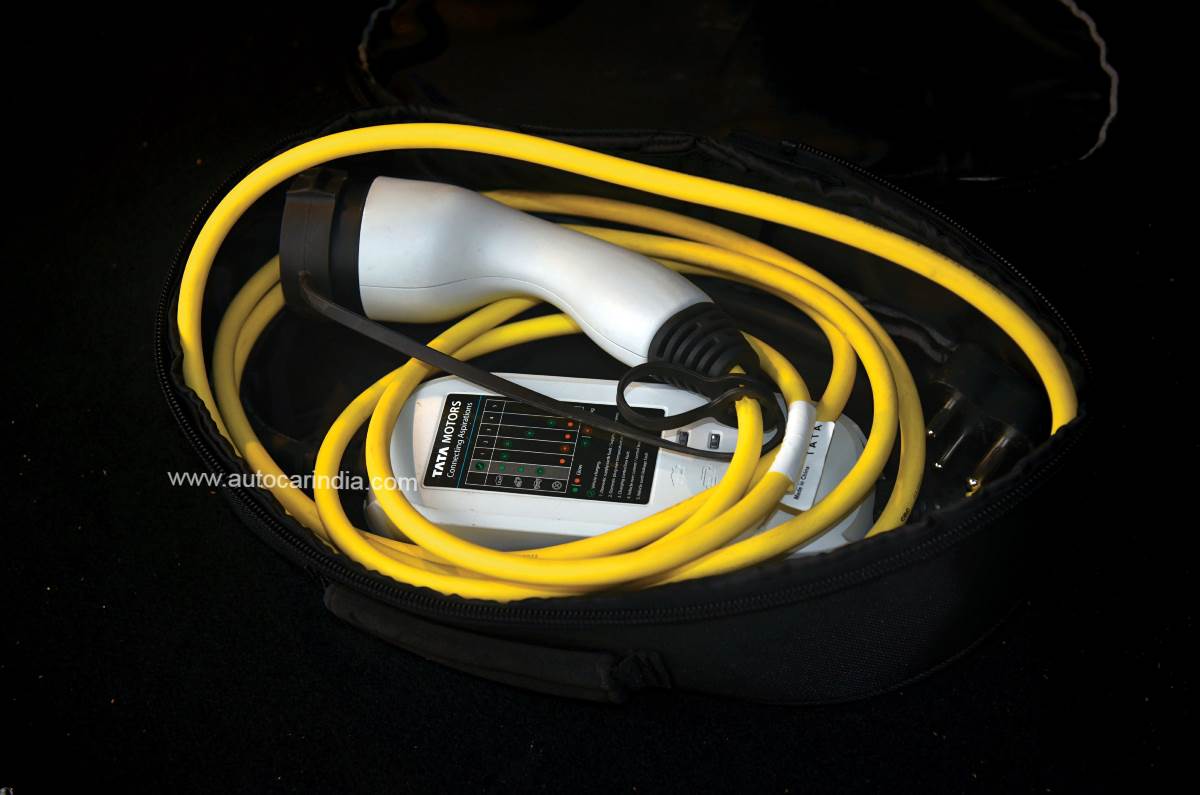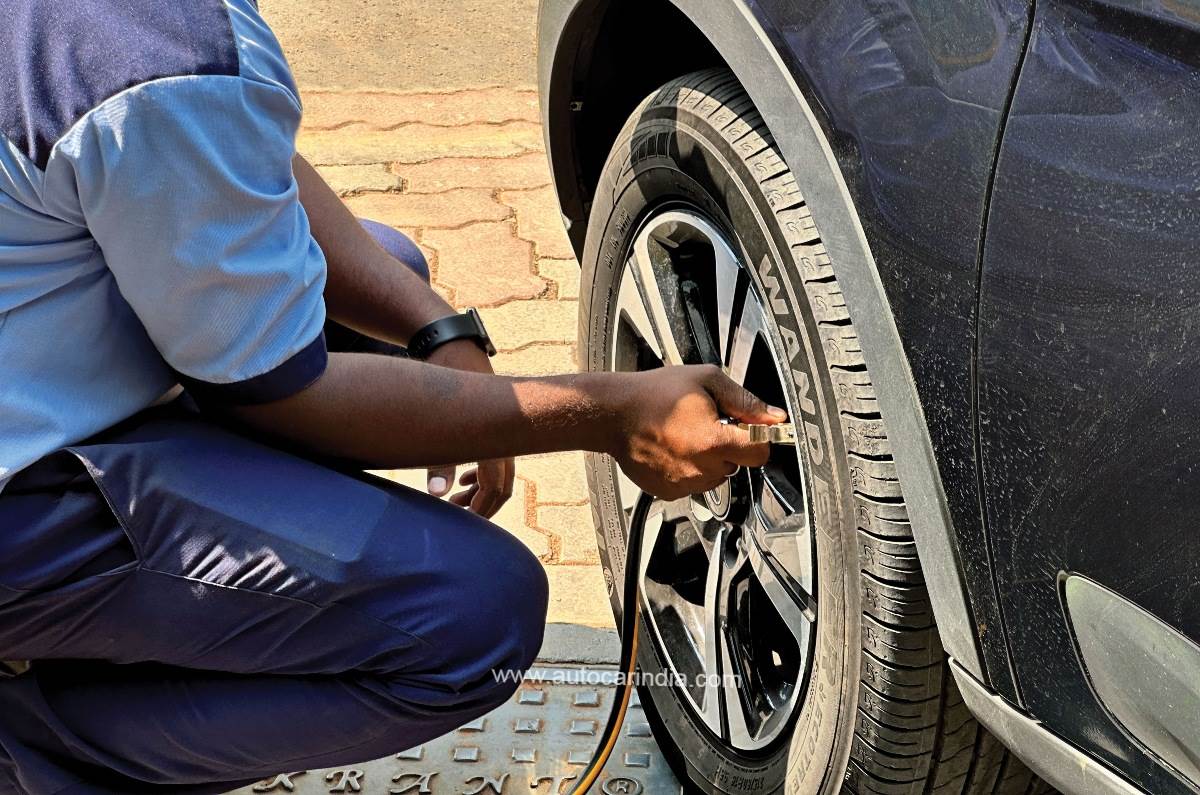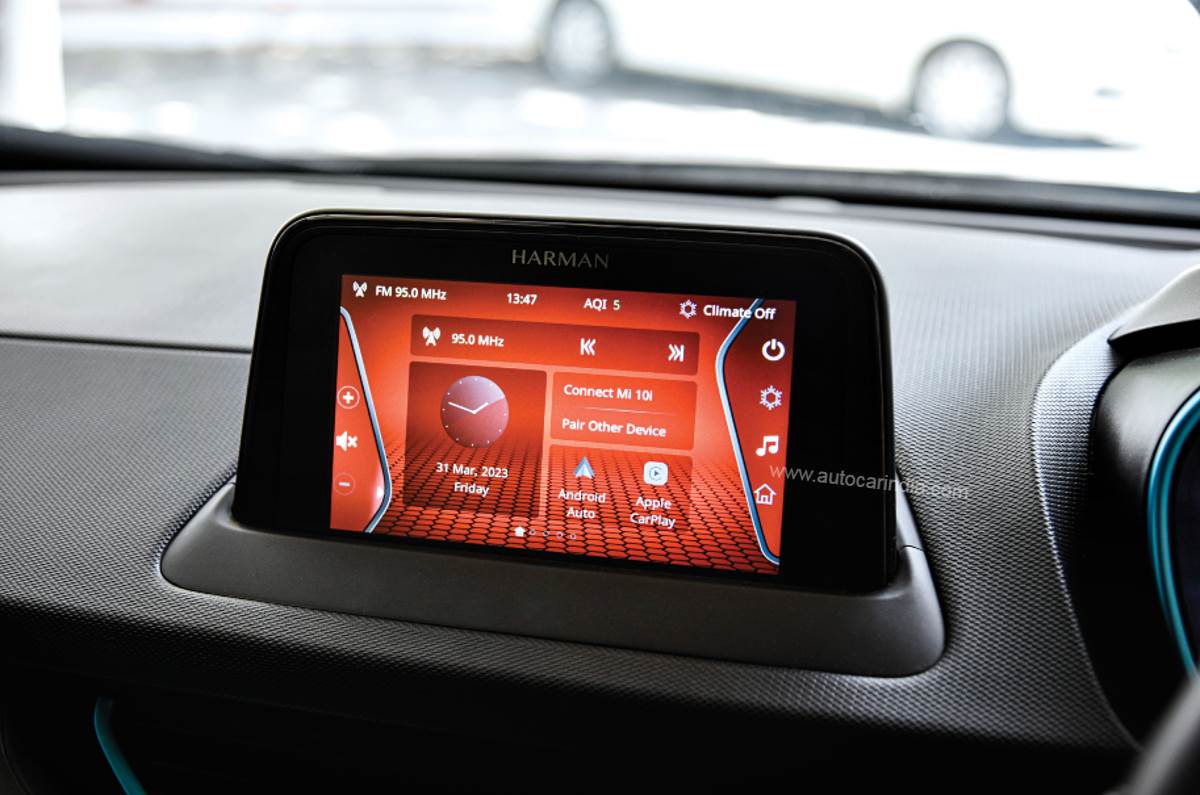Tata Nexon EV Max long term review, 2900km report

EV owners are obsessed with range and instinctively keep one eye on the SOC indicator when they are driving. I too became a member of the range anxiety club when the Nexon EV Max joined our fleet, but to be honest, any range pangs I had disappeared within the first two weeks of going fully electric. In fact, I’ve stopped worrying about range altogether because even with 20 percent charge left, I know I can get to a charger without running the battery precariously down to single digits. And I don’t need to look at the SOC indicator to know that I’ve dropped below 20 percent because the software automatically cuts power and switches to ‘Eco’ mode, which is a sign that it’s time to top up.

Charging the Nexon EV Max has been absolutely stress free. I’ve plugged in at home and at office, and have never found the need to go to a public DC fast charger because the rightly sized 40.5kWh battery doesn’t take ages to recharge even though the AC charging speed is at best a modest 7kW (see table). In fact, the Nexon EV makes a good case for smaller battery packs that, apart from cost and weight, reduce charging time. Even with a 15A plug topping up an almost empty battery, it is at best an overnight job, which, in something like the Hyundai Ioniq 5, would take a good 24-28 hours. If anything, the Nexon EV Max has proved very convenient and practical for daily urban use and the best part is I’ve never had to queue up or swipe a credit card at a pump!


Spend time with the Nexon EV Max, and the age of its cabin comes through. The fact that it’s an EV highlights this issue because for a product that represents the future of mobility, you expect the cabin to be funky, cool and techy, but the Nexon EV Max isn’t. Sticking out like a sore thumb and in urgent need of an upgrade is the small, low-res infotainment system and the part-analogue instrument cluster. Everything works quite well and the menus are simple to access, but a bit more EV-related info – like detailed stats for each driving trip – would have been welcome.

With summer beating down early this year, I’ve started to appreciate the strong aircon and the cooled seats, both of which hardly sap range. Besides, when you’re doing short daily hops you don’t really care. However, it’s good to always keep the battery’s state-of-charge (SOC) above 20 percent for all the systems to be working optimally.

The sheer convenience of running the Nexon EV Max is what has surprised me the most in the three months we’ve had it in our fleet. Will it be as easy to run on the highway? Yes, a Mahabaleshwar test is overdue and our next report will tell us how the Nexon EV feels outside its comfort zone.
from Autocar India https://ift.tt/KR0z51H
Comments
Post a Comment